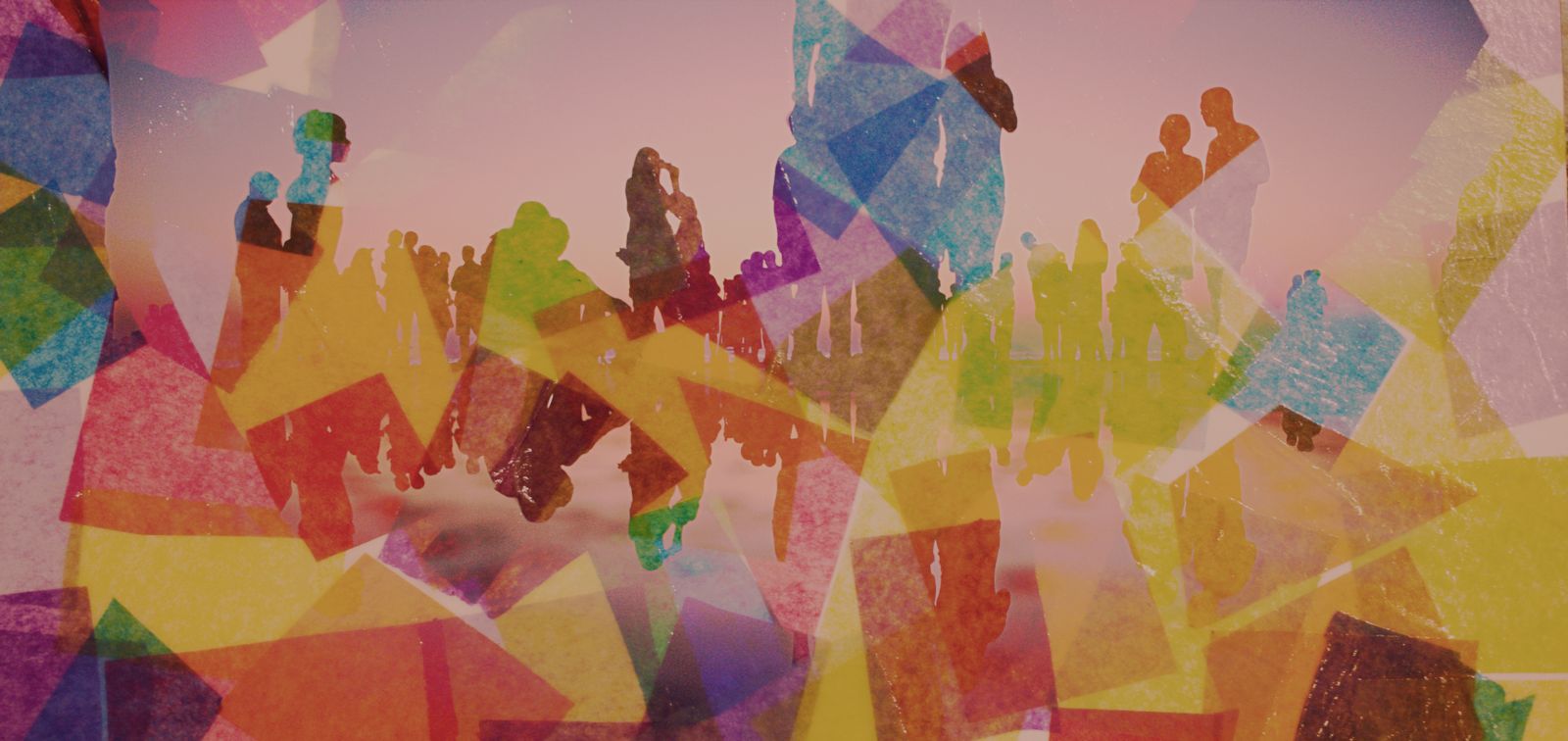Human rights have by no means come to an end. They are now more important and necessary than ever, as is the hard work that human rights activists and NGOs do daily to uphold them. Yet, professional NGOs are increasingly confronted with external threats and internal problems that are depleting their power to change the world. Reversing this situation requires a serious look at power relations within the field and new, “non-conventional” sources of power that are often ignored.
The main drain on activists’ and NGOs’ power is unprecedented attacks by governments and private companies, as well as public backlash. According to the UN report “Final Warning,” the number of killings of human rights defenders across the globe has reached record levels. This is accompanied by the sophistication of high-tech surveillance and a surge in restrictive laws aimed at weakening civil society, which is under severe attack in 118 out of 198 countries and territories.
While external factors are important, internal challenges at the individual, NGO, and donor levels also play a key role. The stories I have followed over the past decade clearly point out the links between activists’ difficulties in staying safe and strong and the way NGOs are structured and manage internal power relations. Power imbalances and dynamics with donors are also repeatedly mentioned as crucial contributors to the depletion of NGOs’ power.
Part of the solution to regenerating activists and NGOs’ strength lies within the field. Undervalued sources of power that nourish and sustain activists, new organizational structures, and drastically different power dynamics between NGOs and donors must all be fostered and supported. This is my answer to César Rodríguez-Garavito’s question about what emerging topics need to be tackled in order to move beyond human rights “endism”—the narrative that fundamental rights have lost their importance.
A first step in this process would be to identify the different types of power and reimagine power within, power with, and power for—and the intersections among them, as proposed in Just Associates’ feminist power analysis framework. This is only possible if we contest and disentangle ourselves from the patriarchal, capitalist, and solely scientific paradigms that hold us back. In the Entangled Activist, Anthea Lawson stresses that activism is “entangled in stories, in power and in the ways that these stories and power shape our inner worlds and our experiences of being an embodied human.”
At an individual level, sustaining power within is what enables activists to maintain hope and creativity by nurturing and valuing neglected sources of power. We must move beyond purely cognitive activism based on the analysis–action paradigm and embrace perceptiveness and responsiveness, as Rae Johnson proposes. To do so, our bodies’ senses, sensuality, and multiplicity of shapes must be included in our daily activism.
Spirituality and ancestral practices are also often dismissed in the human rights field, even though they serve as the heart of activism for many, especially those who have historically been subjected to discrimination. “My voice got into activism before my body, and my body atrophied. Now I need to put my body into it,” explained Lanqui during a retreat of the Circle of Power and Imagination, the co-inquiry group for my research on regenerative activism. She also added that Candomblé is what gives her strength to engage in activism: “The power I need and love, a generative and creative power (. . .) comes from believing that we are always undergoing transformation, and my spirituality is the expression of that.”
At the organizational level, we need to embrace new ways of relating to each other. Most NGOs’ structures and internal power relations are deeply entrenched in the patriarchal, capitalist, and hierarchical systems that perpetuate the status quo and hinder our ability to reimagine ourselves. Organizations should test new non-pyramidal organizational structures, plan activities without “command and control” frameworks, change their narratives, and live according to their values. Adopting dynamic governance structures could be a step in this direction. Promoting co-leadership in organizations, common among feminist groups, is another, as it helps dismantle the patriarchal idea of a leader who alone will heroically save the world.
Finally, at the ecosystem level, we need to change—once and for all—the power dynamics between NGOs and donors. Donors must accept that they are not the ones taking the biggest risks and that bureaucratic processes to control grantees will not mitigate these risks. They must learn to trust those on the frontlines and radically change and decolonize their philanthropic practices. Trust-based, high-quality, flexible, and low-burden grants are a long-standing demand. Participatory grant-making can also be improved, as shown by the East African activist fund UHAI’s community peer grants committee. As the Black Feminist Fund rightly argues, “shifting power means giving up control.”
In biology, regeneration is the process through which tissues and organisms renew, restore, and revitalize themselves after considerable harm. The strength of NGOs and activists depends on our capacity to regenerate and reimagine power and power relations. There is no single recipe for change: each individual, NGO, and donor is unique and, therefore, best placed to decide how to pursue this endeavor.
My call for regeneration does not dismiss the massive external attacks and threats faced by human rights defenders, nor does it disregard the immense value of their resistance to backlash and their relentless activism in recent decades. My call assumes, though, that our community of human rights activists and practitioners must be able to regenerate to adapt and respond to our changing world. Efforts are underway, as the examples above illustrate, but more is needed to change power equations—the true aim of activism, as Srilatha Batliwala contends. These equations are external and internal to the field: change will only be possible when we honor what got us to this point and stand firmly by our values while reinventing who we are, how we operate, and how we relate to each other.

